Robotic Surgery
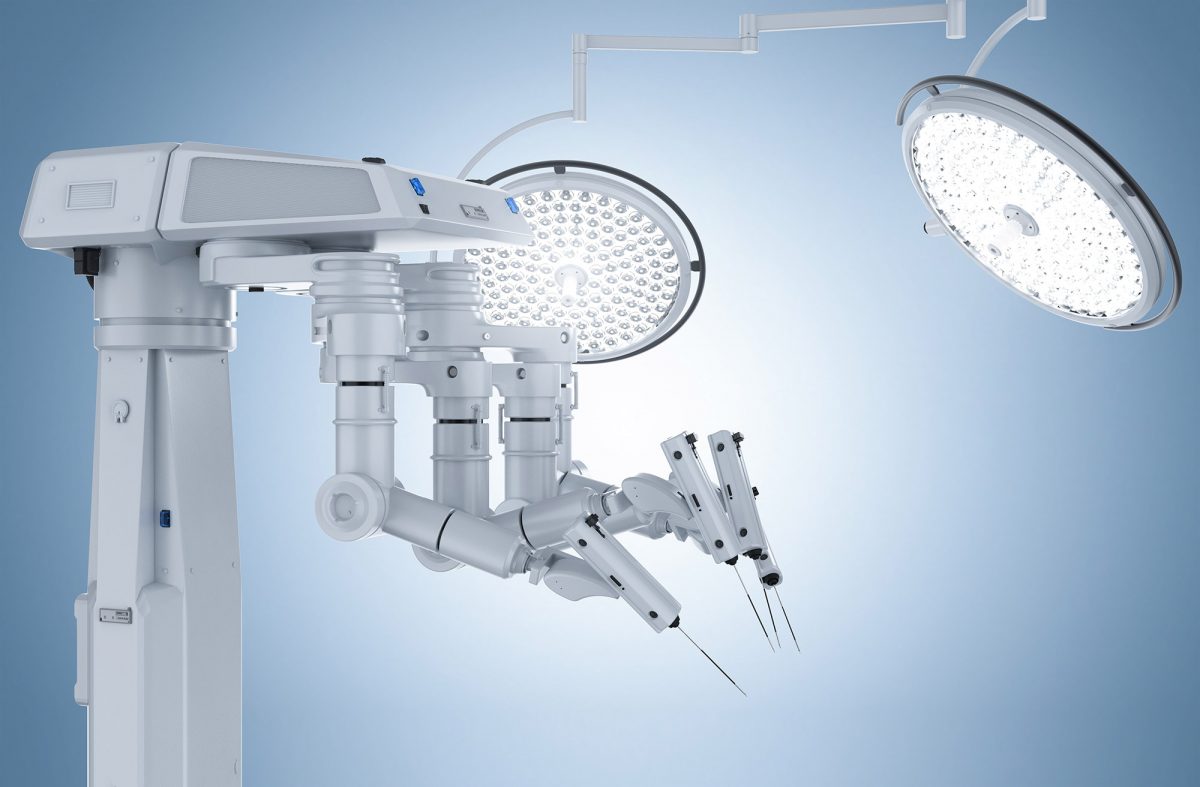
Robotic surgery is a type of minimally invasive surgical procedure
This procedure was developed to overcome some limitations of the conventional methods, such as laparoscopic procedures and open surgeries. In general, minimally invasive procedures enable us to operate through a few tiny incisions instead of using large open cuts.
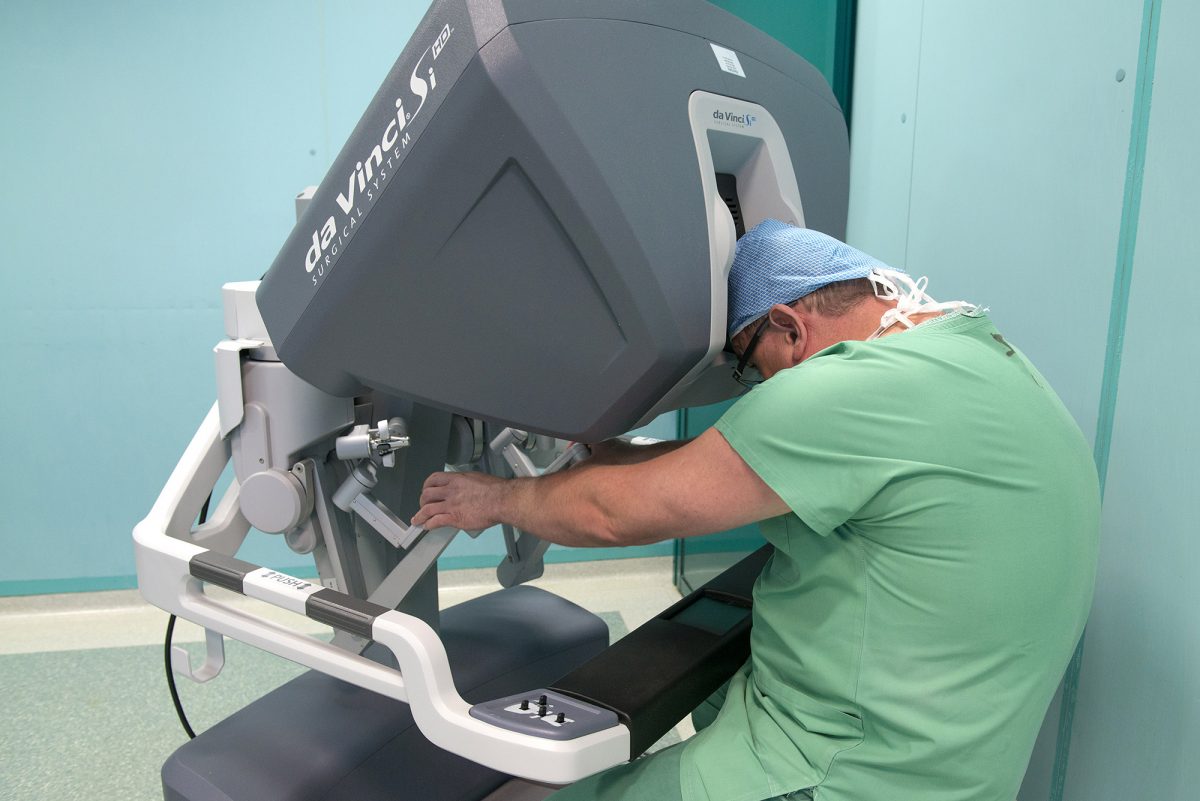
Robotic surgery benefits from its sophisticated integration of computer, digital and robotic technologies allowing the surgical teams to perform more complex and difficult procedures in previously inaccessible anatomical environments.
The da Vinci Surgical System
The robot itself consists of three mechanical arms with miniaturized surgical instruments attached to the end and one arm with a high-definition camera which shows the surgeon a magnified 3-D view of the entire surgical site. Looking through a specialized monitor, the surgeon is provided with a detailed overview of the anatomical structures, nerves and blood vessels which could not be reached in 2-D imaging. Such a level of overview lowers the risk of undesirable damage to the surrounding structures and the associated complications. The surgeon controls the robot with a console and a highly sensitive joystick enabling a degree of unprecedented precision, delicacy, range of motion and flexibility unimaginable for human hands or even laparoscopy and therefore a higher level of safety for the patient.
Unlike in open surgery, the incisions in robotic surgery are only minimal. This not only enhances the cosmetic effect of the surgery, but also lowers the risk of potential complications occurring with large scars, such as incisional hernia which could potentially lead to infections or even another surgery. Minimal incisions also shorten the healing time of the wound and mean less pain which also reduces the usage of pain relievers.
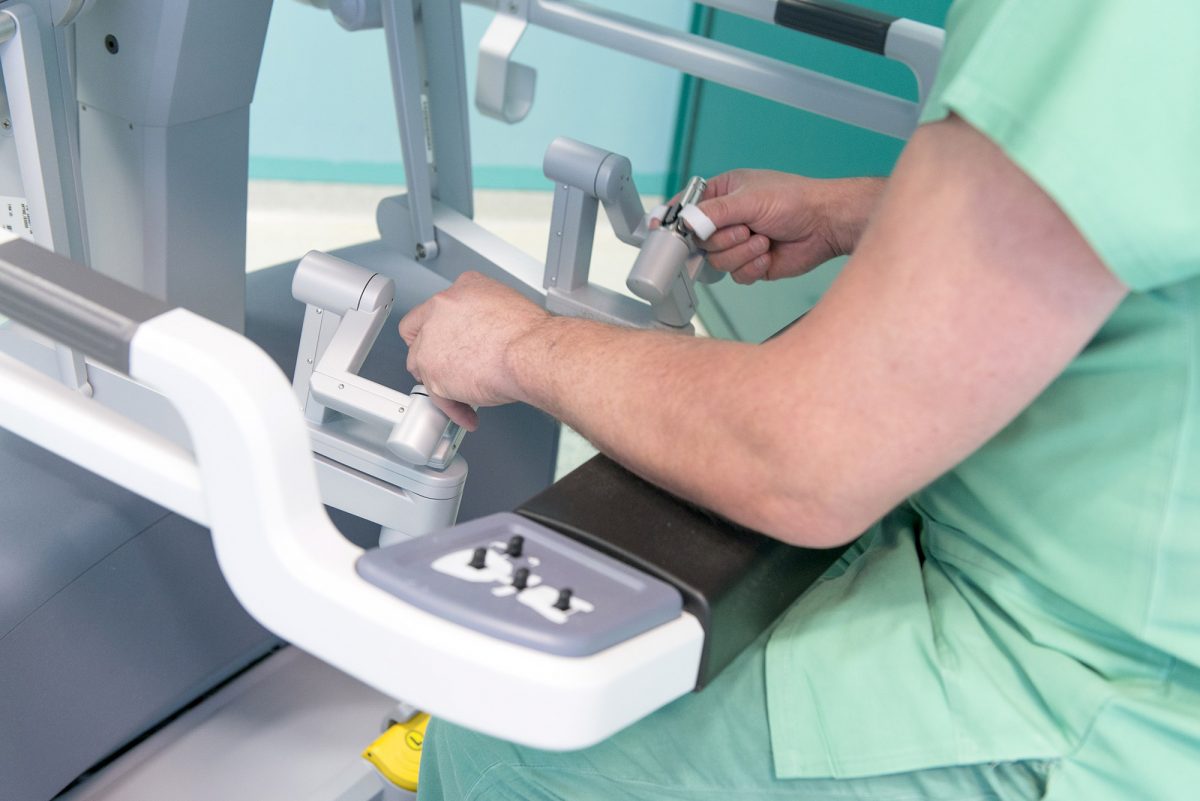
THANKS TO ALL THESE FACTORS, THE PATIENTS CAN PROFIT FROM MANY BENEFITS, INCLUDING
- Minimal blood loss
- Delicate handling of the tissues
- Minimal scarring
- More comfortable and faster recovery
- Shorter hospital stay and earlier return to normal life
- Minimal impact on sexual function in men
- High quality of life after the surgery
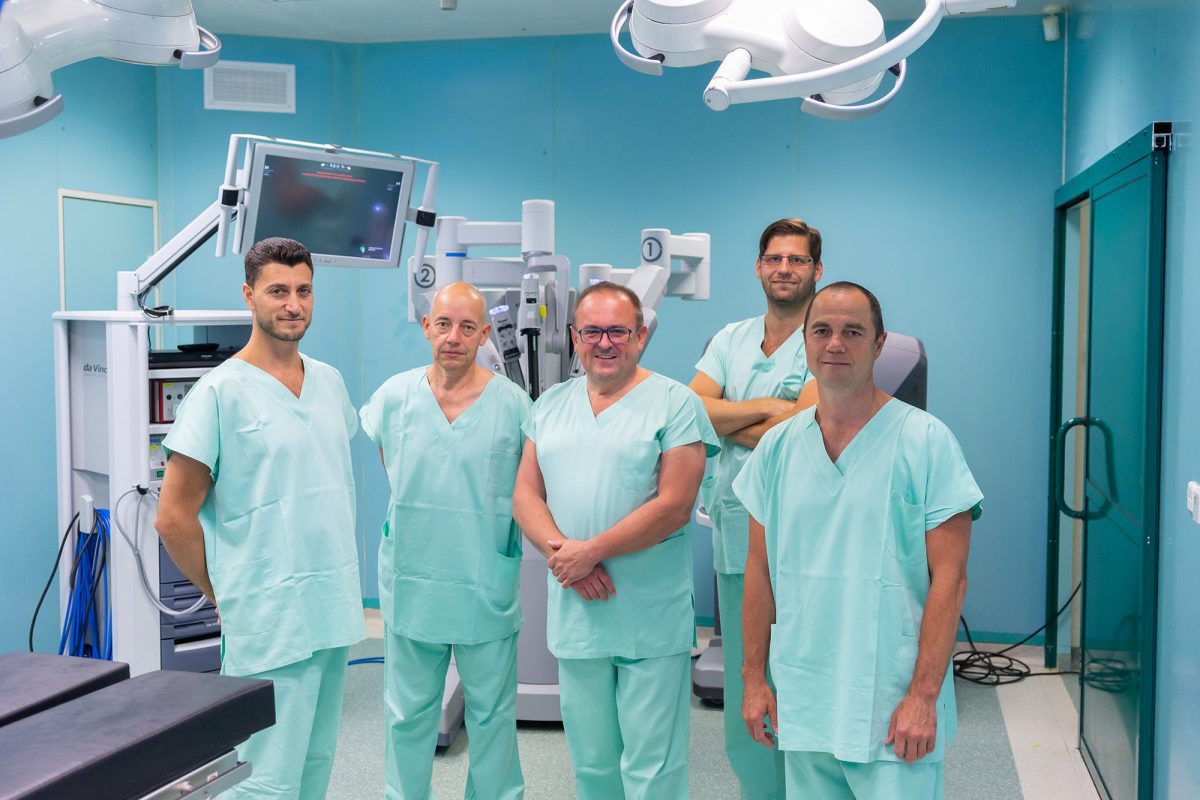
What makes robotic surgery more efficient than laparoscopic procedures?
- Robotic surgery provides the best 3-D image so the surgeon has the perfect and steady overview of the structures in the surgical site. Laparoscopy only displays the structures in 2-D.
- Unlike the rigid instruments used for conventional laparoscopy, the instruments used for robotic surgery include flexible ending components allowing functioning comparable to that of a human wrist, with an even greater range of motion.
- Sometimes the surgical teams perform complex procedures in difficult regions leading to long standing in uncomfortable positions. In robotic surgery, these limitations are overcome, as the surgeon profits from the perfect ergonomics of operating the robot with a console.
- Robot-assisted surgery also eliminates fatigue and hand tremor which can naturally occur after long procedures.
One of the most common robot-assisted procedures at our Robotic Center is radical prostatectomy for prostate cancer of which we perform over 400 a year.
An alternative approach to this procedure is an open surgery where the patient usually ends up with a large scar on the abdomen.
Complications can occur during the open surgery or in the post-operative period, such as severe bleeding mainly from venous plexuses in the pelvic floor area or undesirable damage to the surrounding structures. This can eventually result in post-operative complications, such as incontinence or impairment of the male sexual performance. The da Vinci system on the other hand offers a perfect overview of the surgical site which makes it possible to very precisely identify the area of the urethral sphincter and the nerve bundle important for preserving sexual function.
Surgeries we perform using the da Vinci system
- Radical prostatectomy – removal of the prostate gland, most often done to treat localized prostate cancer
- Partial nephrectomy – removal of a kidney tumor while preserving as much of the kidney function as possible
- Pyeloplasty – reconstruction of the renal pelvis to remove an obstruction occurring where the kidney meets the ureter
- Adrenal gland removal
- Urethral reconstruction after trauma
- Bariatric surgery – procedures on the digestive tract facilitating weight loss
Our specialists
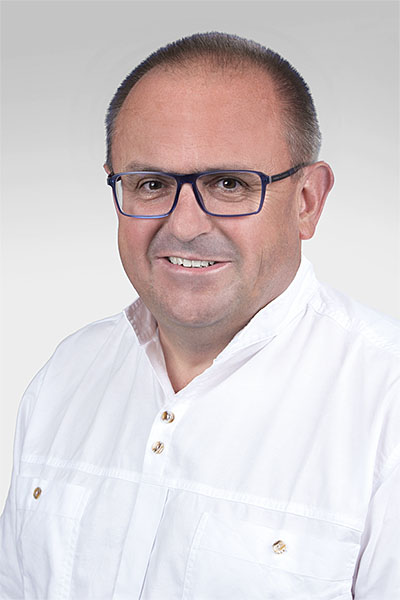
Dr. Jaroslav Tvarůžek
Medical Director and Head of Surgery
Mostiště Hospital
- Dr. Tvarůžek has been actively involved in surgery since the early 1990s.
- He worked as a surgeon in Germany at the beginning of his career and has been back in the Czech Republic since 1994.
- Among the first surgeons to master minimally invasive surgical procedures using the laparoscopic technique, which was new at that time.
- Passed the Medical Board Certificate in Surgery I in 1995.
- Passed the Medical Board Certificate in Surgery II in 1999.
- Passed the Special Examination in Vascular Surgery in 2002.
- He has been one of the pioneers of robotic surgery since 2007, constantly working on its development. He was named a Certified Robotic Surgery Specialist by Intuitive Surgical in 2009, the manufacturer of the da Vinci surgical system.
- As the leading expert in the da Vinci robotic surgery, he put together a team of surgeons and nurses who have carried out more than 4,500 robot-assisted surgeries since 2008, more than any other similar team in the Czech Republic. Each year since then, the team has also performed the most surgeries using the robotic system in the country, making it one of the most experienced teams in all of Europe.
- Dr. Tvarůžek and his team have also been actively engaged in promoting and introducing robotic surgery abroad.
- He has gathered a lot of international experience and completed many internships abroad (e.g. Germany, USA, Austria).
- Since 2008, Dr. Tvarůžek has been the Medical Director of Mostiště Hospital and it is thanks to him that the Robotic Surgery Center he established has become a major success even in the international context.
